Chapter 11: Coulomb’s Law and Electric Fields Due to Point Charges
0.0(0)
0.0(0)
Card Sorting
1/20
Study Analytics
Name | Mastery | Learn | Test | Matching | Spaced |
|---|
No study sessions yet.
21 Terms
1
New cards

Definition of Coulomb’s Law
2
New cards
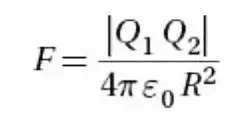
Scalar part of Coulomb’s Law
3
New cards
permittivity of free space
ε0 is a constant called the \_________ and is given ε0 \= 8.85 × 10−12C²/N · m².
4
New cards
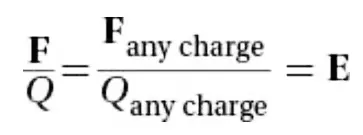
Definition of an electric field
5
New cards
Newton/Coloumb
SI Units for Electric Field.
6
New cards
F \= qE
Force on a point charge q in an electric field E
7
New cards
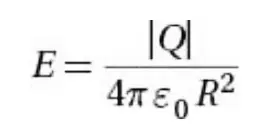
Magnitude of electric field due to a point charge
8
New cards
Principle of superposition for the electric field
The electric field at a location in space due to a number of point charges Q1, . . . , QN is equal to the vector sum of the electric field produced by each of the individual point charges Q1, . . . , QN at that location in space.
9
New cards
Electric field lines
Lines (or curves) drawn such that acceleration. If a particle were moving along a curved electric field line, because the force is parallel to the field line, there would be no force providing the radial acceleration—this would be impossible.
10
New cards
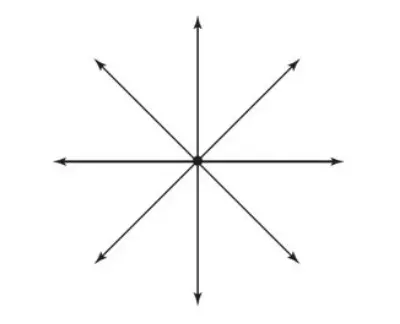
Electric Field due to a positive point of charge
11
New cards
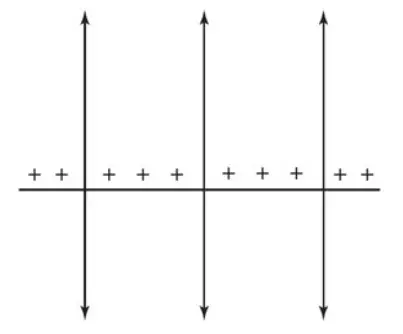
Electric Field due to an infinite positively charged sheet
12
New cards
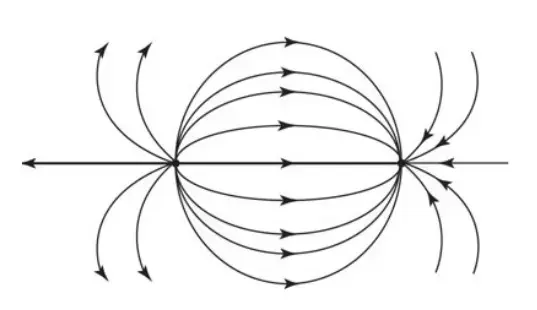
Electric Field due to two unlike point charges, positive on the left, negative on the right.
13
New cards

Electric Field due to two positive point charges
14
New cards
Lines
These represent the direction of the force.
15
New cards
+Q
This attracts a negative charge on the sphere and repels positive charge on the sphere.
16
New cards
net attractive force
Because the electrostatic force is inversely proportional to (distance)², this causes the attraction between +Q and the negative charge on the sphere to be greater than the repulsion between +Q and the positive charge on the sphere, giving rise to a \_________.
17
New cards

Definitions of potential and voltage
18
New cards
Volts
The units of potential and change in the potential energy of voltage
19
New cards
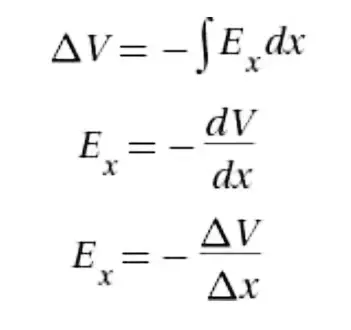
Relationship between potential and electric field with the integration path along the x-axis
20
New cards
Principle of superposition for potential
The potential at a point due to a number of charges is equal to the sum of the potentials at that point due to each of the individual charges.
21
New cards

The superposition of electric fields leads to the superposition of potentials.